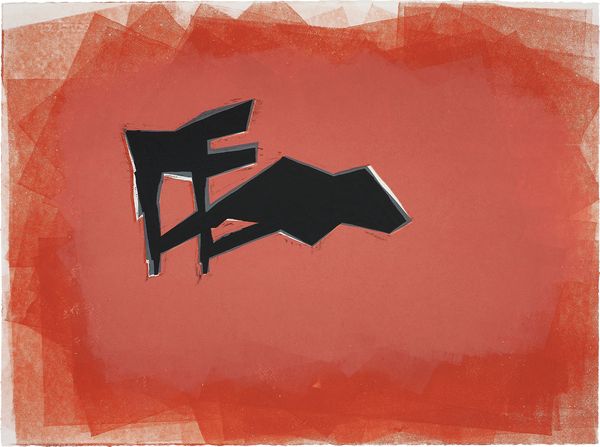Phyllida Barlow Untitled: Dog Door, 2013
With nearly a decade of Editions auctions under our belt, Phillips has long been committed to educating a new generation's eye and introducing our clients to new artists and techniques. Conversely, it is a pleasure when artists themselves flip the script and experiment with printmaking for the first time.
Phyllida Barlow did just that when she was invited by her alma mater, The Slade School of Fine Art, to produce the first in their series of Slade Editions, sold to raise funds to support Slade students and print initiatives.
An artist more used to creating monumental, amorphous sculptures and installations, Barlow initially struggled with printmaking, which to her seemed like a very complicated, inside-out way of working. She experimented with inked-up torn strips of card, layered in a collage-like fashion and run through the press, before eventually focusing on the medium of linocut to create her final Dog Door design.
I like pink because it's a sort of in-between colour. I suppose it has a lot of symbolic qualities that I'm not particularly interested in. I like it for the colour that it is rather than for its meaning.
Importantly for Barlow, each print in this edition is unique, combining layers of freely rolled pink and orange ink resulting in direct, informal images that describes a cumulative process instead of a reproductive one.
In this video above, Barlow discusses the difficulties of translating her experience of working in three-dimension to printmaking and experimenting with various forms and techniques to create, as she describes it, a "dramatic image, floating in its own space."
